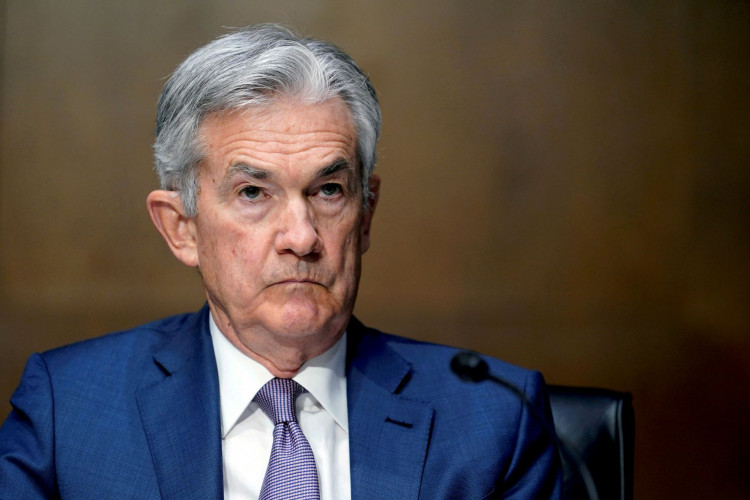The Federal Reserve has decided to maintain the current interest rate levels, keeping the benchmark overnight borrowing rate steady within the 5.25%-5.5% range, a status quo since July 2023. This decision aligns with market expectations and underscores the Fed's cautious approach towards adjusting monetary policy amidst economic uncertainties.
Despite holding rates steady, the Federal Open Market Committee (FOMC) has indicated a shift in its monetary policy outlook, projecting three quarter-percentage point rate cuts by the end of 2024. This adjustment, reflected in the Fed's "dot plot" matrix, suggests a strategic pivot as the central bank anticipates easing its monetary stance for the first time since the onset of the Covid pandemic in March 2020.
The revised projections for rate cuts, now totaling three in 2024, a reduction from the previous estimate, highlight the Fed's nuanced approach to navigating economic indicators and inflationary pressures. The central bank has also forecasted additional rate reductions in the following years, eventually stabilizing the federal funds rate around 2.6%, aligning with the estimated neutral rate that neither stimulates nor restricts economic growth.
Amid these policy adjustments, the Fed has upgraded its economic outlook, projecting a 2.1% annualized GDP growth rate for 2024, an optimistic revision from the 1.4% estimate in December. This positive adjustment is accompanied by a slight decrease in the unemployment rate forecast to 4%, suggesting a resilient job market. Conversely, the core inflation projection, as measured by personal consumption expenditures, has been slightly elevated to 2.6%, indicating ongoing inflationary challenges.
The FOMC's statement emphasized its vigilance towards inflation risks, maintaining a commitment to achieving a sustainable 2% inflation rate. The unanimous decision to keep rates unchanged reflects a consensus within the committee on the need for a cautious and data-driven approach to monetary policy adjustments.
Market participants had been closely monitoring the Fed's policy direction, especially in light of recent inflation data that suggested a slower-than-expected deceleration in price increases. The core Consumer Price Index showed a year-on-year increase of 3.8% in February, underscoring the persistent inflationary pressures that continue to challenge the central bank's target.
Federal Reserve Chair Jerome Powell and other policymakers have advocated for a patient stance, emphasizing the importance of substantial evidence of inflation slowing before initiating rate cuts. This prudent approach, coupled with healthy economic growth and a robust job market, allows the Fed to deliberate on the timing and magnitude of future rate adjustments.
Furthermore, the Fed's balance sheet reduction program, often referred to as "quantitative tightening," has not seen immediate changes. The program, which commenced in June 2022, involves a gradual roll-off of maturing Treasury and mortgage-backed securities, contributing to a significant reduction in the Fed's holdings. Powell hinted that discussions on adjusting this program might be forthcoming, potentially providing further insights into the Fed's broader monetary policy strategy.






